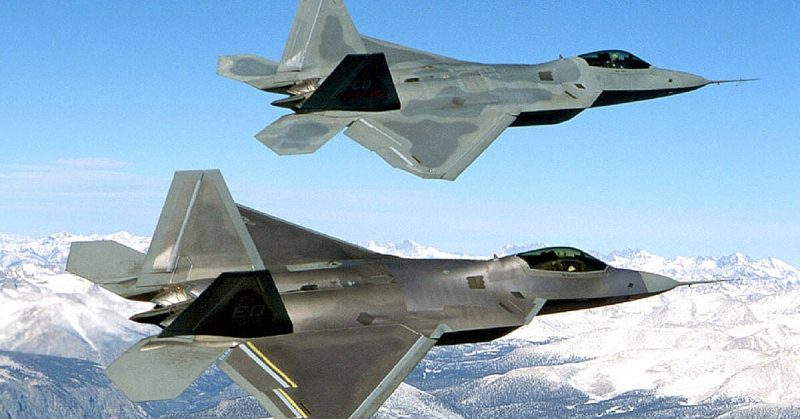Raptor? Have the U.S. armed forces trained dinosaurs to fight? No, the Raptor is a fighter, and a raptor is also a bird of prey, like an eagle or a hawk. The F-22 Raptor is a vital part of the U.S. Air Force, which considers it unrivaled by any other fighter in the world.
The F-22 Raptor is a single seater, twin-engine aircraft, designed to combat other aircraft, but it can also attack ground targets. It can also engage in electronic warfare and is important in gathering information about the enemy. The frames and weapon systems of most of them have been built by the defense company Lockheed Martin. Boeing made the wings, fuselage, training systems, and electronics.
195 Raptors were built, of which 187 are operational. The remaining 8 are for testing.
The Raptor F-22 joined the U.S. Air Force in December 2005. It first served in a combat situation in 2014, attacking Islamic State positions in Syria. It is a stealth aircraft, which means it is designed to be difficult to detect. It is very quick and agile, giving it powerful combat abilities. It can strike a moving target 24 miles (39 kilometers) while flying at a height of 50,000 feet (15,000 meters) and at a speed of 1,126 feet (343 meters) per second.
The one big downside to the Raptor is its enormous cost. Each one cost 150 million American dollars to make. Production was halted on account of this and other factors, such as the lack of missions it could undertake. The last F-22 was completed in 2012. The F-35 fighter was developed instead.
There is an F-22 Raptor on display in the National Museum of the United States Air Force in Dayton, Ohio. It certainly is still an impressive machine.
